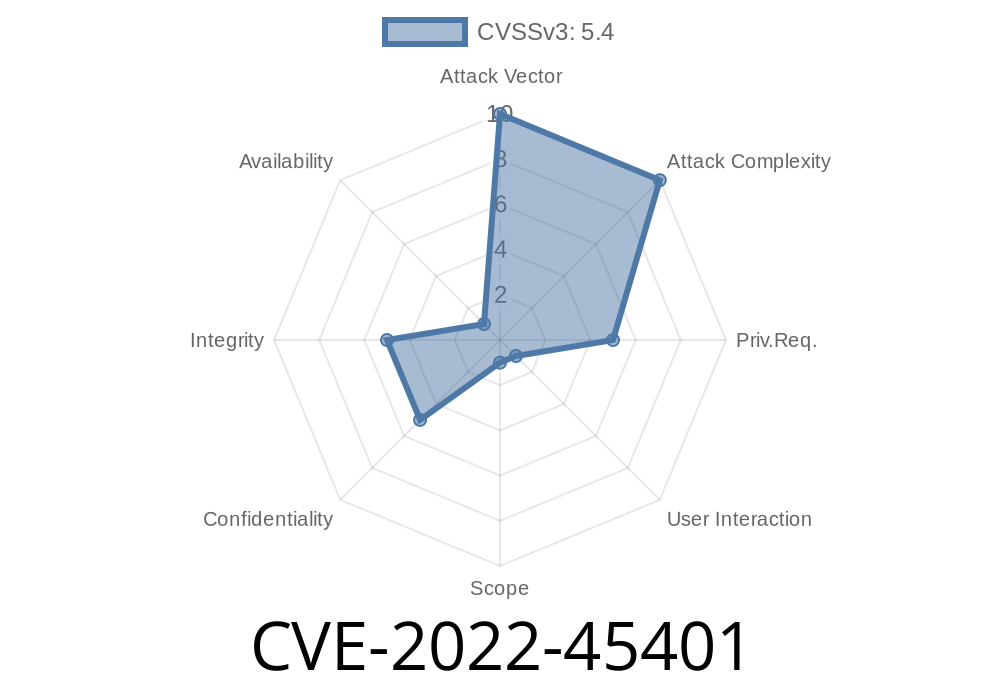A stored cross-site scripting (XSS) vulnerability has been discovered in Jenkins Associated Files Plugin .2.1 and earlier versions. Attackers with Item/Configure permissions can exploit this vulnerability by injecting malicious scripts into the associated files' names. This post will detail the nature of this vulnerability, provide a code snippet to demonstrate the issue, outline the steps to reproduce the exploit, and supply remediation advice.
Vulnerability Details
The main issue lies in the fact that the Associated Files Plugin does not escape the names of the associated files properly, leading to a stored XSS vulnerability. Please refer to the original CVE report and the Jenkins security advisory for more information.
The vulnerability can be practically exploited by an attacker who has access to configure a Jenkins item containing associated files. This attacker can then craft a payload using JavaScript code and include it in the associated file's name, resulting in XSS execution once the affected page is visited by other users.
Here's a simple example highlighting the issue
<!-- This code snippet demonstrates the unescaped input leading to stored XSS. -->
<path-to-associated-file>/"><script>alert('XSS');</script>
By entering the above file name, the attacker can cause an alert to be displayed on any user's screen when they visit the affected Jenkins page.
Install Jenkins Associated Files Plugin version .2.1 or earlier.
2. Gain access to an account with Item/Configure permission in Jenkins.
Remediation Steps
To mitigate this vulnerability, users are advised to update the Jenkins Associated Files Plugin to version .3., which contains the necessary fix. Download the latest version on the Jenkins plugin page.
Additionally, Jenkins administrators should ensure that proper access controls are in place and that only trusted users have the ability to configure items within Jenkins.
Conclusion
This long-read post dives into the details of the CVE-2022-45401 vulnerability found in Jenkins Associated Files Plugin .2.1 and earlier versions. By understanding how the vulnerability works, the code snippet that demonstrates the issue, and the steps to reproduce the exploit, we can better prepare ourselves to defend against it. The remediation steps provided above, such as updating the plugin and implementing proper access controls, will ensure a more secure Jenkins environment.
Timeline
Published on: 11/15/2022 20:15:00 UTC
Last modified on: 11/18/2022 04:48:00 UTC
